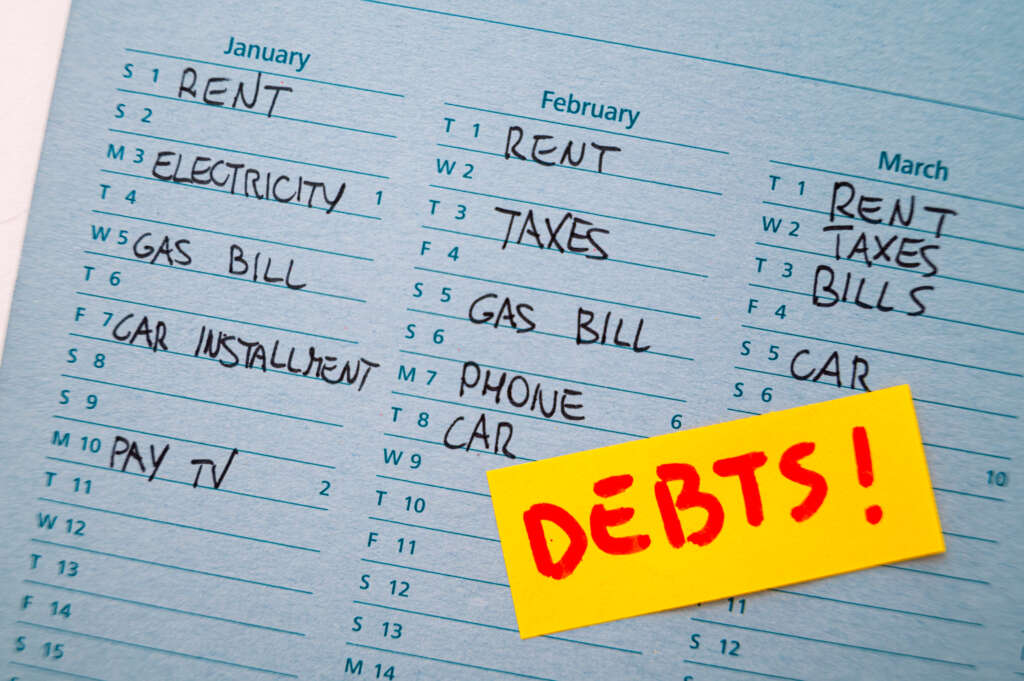Share This Article
Whether you’re facing a temporary financial crunch or dealing with ongoing budget challenges, knowing where to find local assistance can make all the difference. Recent changes to federal programs mean these resources are more important than ever, and there are multiple ways to access help in your community.
Start with 211: Your One-Stop Resource Hub
The simplest way to find local assistance is to dial 2-1-1 from any phone. This free service connects you with trained community resource specialists who know what’s available in your area. Available 24/7 in multiple languages, 211 handles more requests for housing, utility, and food assistance than any other type of help.
When you call 211, be ready to share basic information about your living situation, income, and household size. The specialists can help you navigate multiple programs at once and often identify assistance you didn’t know existed. You can also text your ZIP code to 898-211 or search online at 211.org to find your local 211 office.
According to the latest 211 Impact Survey, housing and utility assistance were the top needs people contacted them about, followed closely by food assistance. The service makes about 45,000 referrals daily to connect people with local resources that address not just immediate needs but underlying causes.
Food Assistance Programs: Multiple Options Available
SNAP (Food Stamps): Despite recent changes through the “One Big Beautiful Bill” that may affect some benefits, SNAP remains the largest food assistance program, currently helping over 42 million Americans. You can apply through your state’s SNAP office or get help with applications through your local food bank. The application process varies by state, but you can often apply online or in person at local offices.
Food Banks and Pantries: Find your nearest food bank by entering your ZIP code at feedingamerica.org. These organizations often provide more than just food distribution. Many offer SNAP application assistance, senior food programs, and connections to other services. Recent changes to federal funding mean food banks are preparing for increased demand, so don’t hesitate to reach out even if you’ve never used these services before.
WIC (Women, Infants, and Children): This WIC program provides healthy food, nutrition education, and healthcare referrals for pregnant women and families with children under 5. Benefits can be used for specific nutritious foods like eggs, milk, cereal, and fresh produce. Find your state WIC agency through your local 211 or search online.
Emergency Food Programs: The Emergency Food Assistance Program (TEFAP) distributes USDA foods through local food banks and pantries. This program doesn’t require you to apply separately it works through the same food banks that provide other assistance.

Energy and Utility Assistance
LIHEAP (Low Income Home Energy Assistance Program): This federal program helps about 6 million households annually pay heating and cooling bills. LIHEAP can provide one-time grants (typically $200-$1,000 depending on your situation), emergency assistance if you’re facing shutoff, and sometimes help with minor repairs to heating and cooling systems.
To apply for LIHEAP, contact your state’s program office—you can find yours by calling 1-866-674-6327 or visiting energyhelp.us. Each state runs its program differently, but most require appointments with local community action agencies. The program typically opens for applications in the fall and runs through spring, though emergency assistance may be available year-round.
Utility Company Programs: Before assuming you can’t afford your bills, contact your utility company directly. Many offer payment plans, temporary discounts, or hardship programs for customers facing financial difficulties. Some companies also partner with local nonprofits to provide additional assistance. This information is usually included on your monthly bill.
Weatherization Assistance Program (WAP): If high energy bills are due to an inefficient home, WAP can help with insulation, weatherstripping, and minor repairs to reduce your energy costs long-term. The program serves households at or below 200% of the federal poverty level. Find your local office through the Department of Energy or your 211 service.
State and Local Variations
Programs vary significantly by location, so local knowledge matters. For example, Arizona allocates more LIHEAP funding to cooling assistance due to extreme heat, while northern states focus more on heating help. Some states offer online applications for programs like SNAP, while others require in-person visits.
Your local 211 service maintains the most current information about what’s available in your specific area, including:
- Application deadlines and requirements
- Which programs have funding available
- Local nonprofit organizations that provide assistance
- Transportation help to access services
Recent Changes and What They Mean
Federal budget changes in July 2025 have reduced funding for some programs, which means increased demand for local assistance. Food banks are preparing for more visitors, and some emergency programs have been canceled or reduced. This makes it even more important to apply for available programs promptly and explore multiple options.
The changes particularly affect SNAP benefits, with some estimates suggesting millions of families may lose some or all benefits. Food banks expect this to significantly increase demand for their services.
How to Prepare When Seeking Help
Before contacting any assistance program, gather basic information:
- Household size and income information
- Recent utility bills or shutoff notices
- Rent or mortgage information
- Documentation of any medical conditions that affect energy needs
- Contact information for your utility companies
Don’t wait until you’re in crisis to seek help. Many programs have waiting lists or specific application periods. If you’re worried about upcoming bills, reach out early to understand your options.
Additional Resources
Healthcare: If you need help with prescription costs, medical bills, or finding low-cost healthcare, search the RxAssist database for prescription savings or use the SAMHSA online tool for mental health and substance use services.
Senior Services: Older adults may qualify for additional programs. BenefitsCheckUp.org provides personalized reports of programs available to seniors, including help with medications, healthcare, and utilities.
Emergency Assistance: In immediate crisis situations, 211 can connect you with emergency shelter, food, and financial assistance. Many communities have emergency funds for specific situations like preventing eviction or utility shutoff.
Remember, these programs exist because communities recognize that everyone sometimes needs help. There’s no shame in using available resources, and taking advantage of assistance programs can help you get back on stable footing more quickly.



